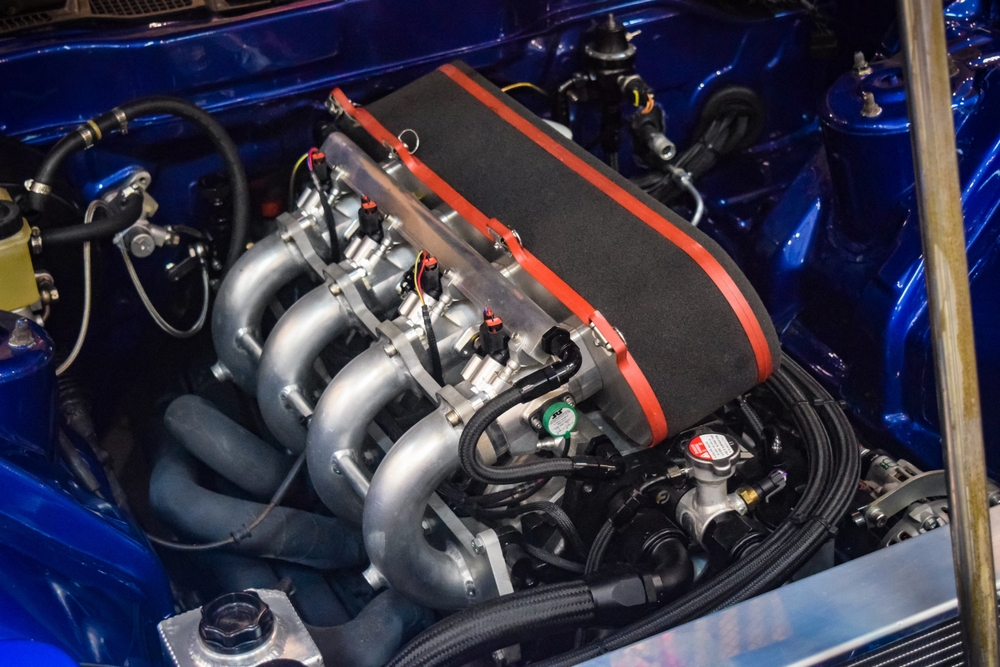The Resurgence of Rotary Engines: A New Twist on an Old Technology
The story of the rotary engine is one of innovation, decline, and resurgence. Once hailed as the future of the automotive industry, this unique engine design fell out of favor, only to reemerge years later with new technological advancements. This article delves into the history, modern developments, and potential future of rotary engines in the automotive landscape.

The Rise and Fall of the Rotary Engine
Invented by German engineer Felix Wankel in 1951, the rotary engine, also known as the Wankel engine, was lauded for its simplicity and smooth operation. Unlike conventional piston engines, rotary engines have fewer moving parts, which results in less vibration and potentially higher power outputs. However, despite their initial promise, rotary engines faced significant challenges, including poor fuel efficiency and high exhaust emissions. By the 1980s, most automakers had abandoned the technology in favor of more conventional and efficient powertrains.
A New Era for Rotary Engines: Modern Advancements
In recent years, the rotary engine has experienced a resurgence, driven by technological advancements that have addressed some of its historical shortcomings. Engineers have developed new materials and techniques to reduce the engine’s notorious oil consumption and improve its fuel efficiency. For instance, the use of new seals and coatings has minimized friction and heat loss, enhancing the engine’s overall performance.
The Impact of Rotary Engines on Today’s Automotive Industry
The renewed interest in rotary engines has sparked a wave of innovation in the automotive industry. Several manufacturers are exploring the potential of these engines in a variety of applications. One such emerging trend is the use of rotary engines as range extenders in plug-in hybrid vehicles. With their compact size and low vibration, rotary engines are ideally suited for this role, providing an efficient source of power to recharge the vehicle’s batteries.
Overcoming the Challenges: The Future of Rotary Engines
Despite recent advancements, rotary engines still face significant hurdles. The inherent challenges of the design, such as its high oil consumption and emission levels, remain. However, ongoing research and development efforts offer promising solutions. For example, the incorporation of direct fuel injection and advanced exhaust treatment systems could further improve the engine’s efficiency and emissions performance.
In The Rotary Revolution Continues
The story of the rotary engine is far from over. With renewed interest and ongoing technological advancements, this unique engine design could play a significant role in the future of the automotive industry. Like any technology, it has its challenges and limitations. But with continued innovation, the rotary engine has the potential to redefine what’s possible in automotive engineering.
In the ever-evolving landscape of the automotive industry, the resurgence of the rotary engine serves as a reminder of the power of innovative thinking. It’s a testament to how a seemingly outdated technology can be revitalized and given a new lease on life. As we look to the future, it’s clear that the rotary engine will continue to be a fascinating chapter in the story of automotive technology.




